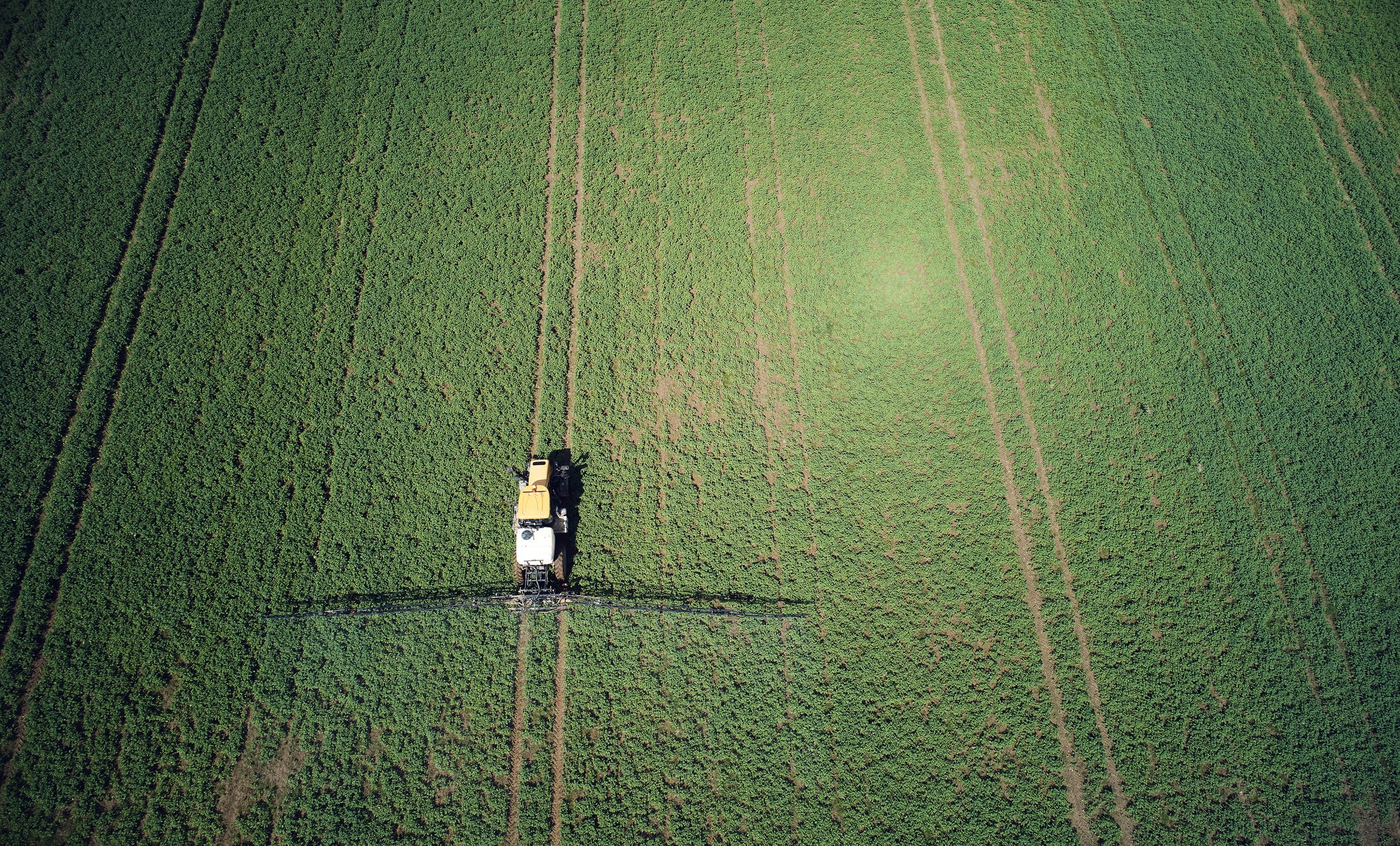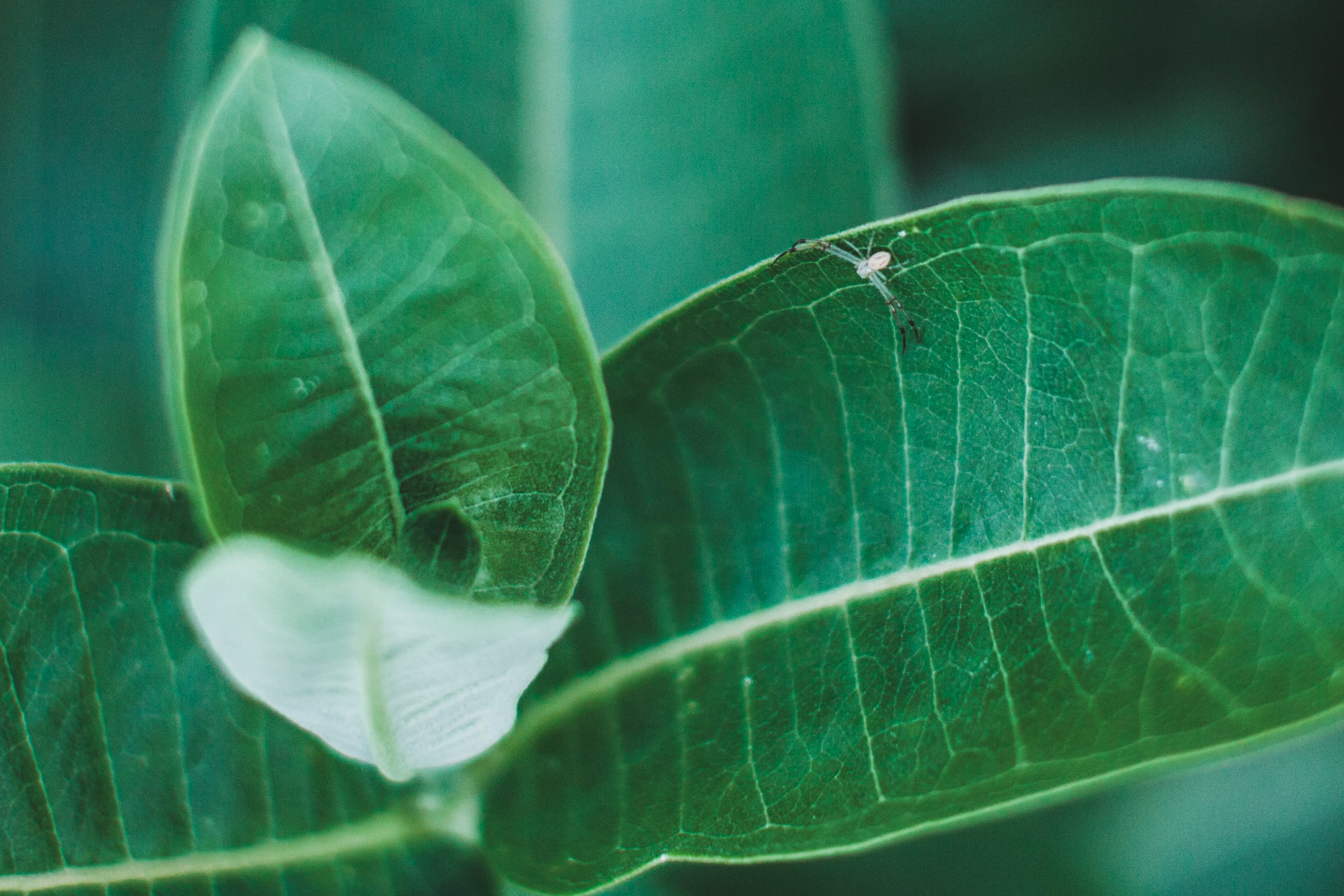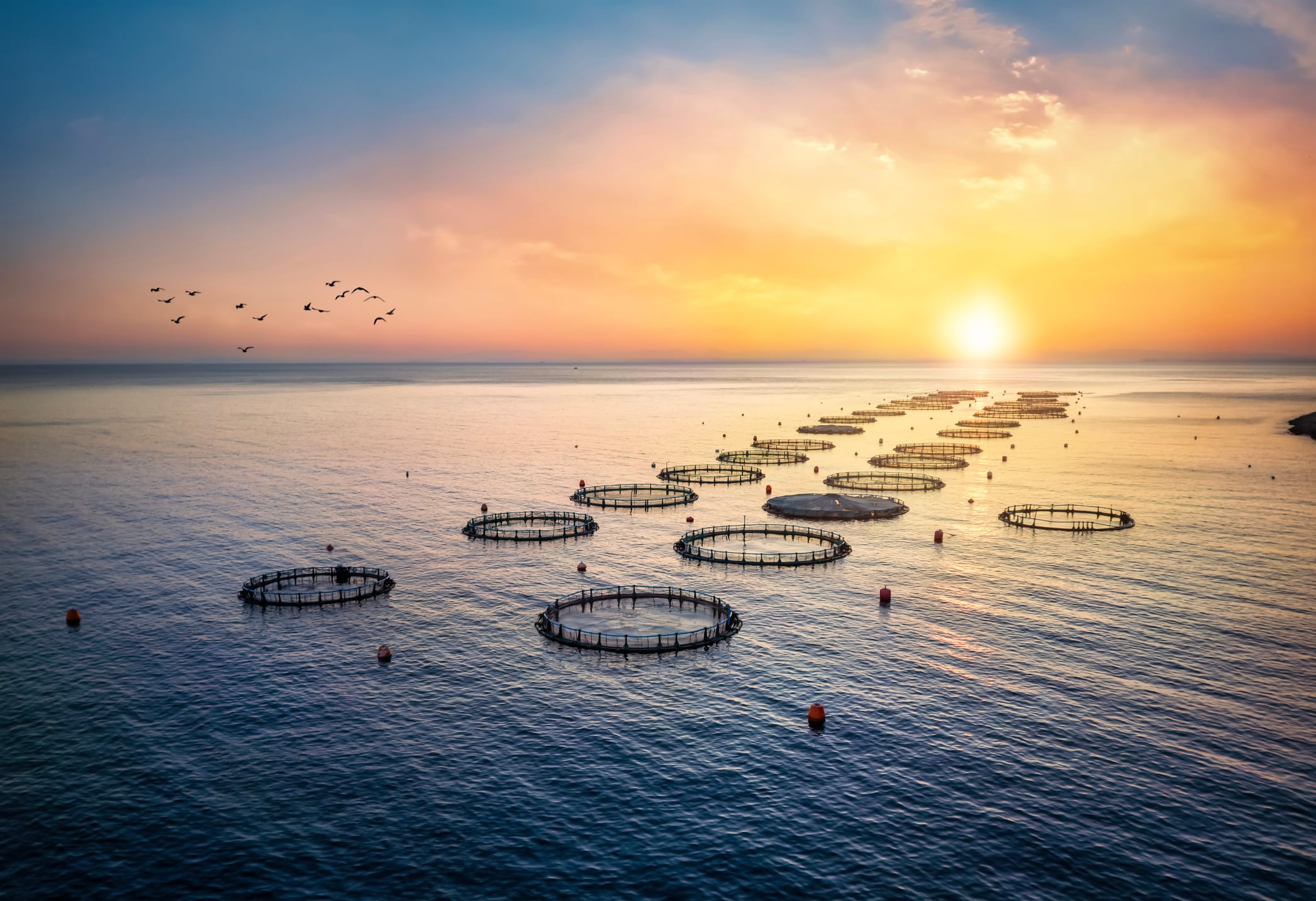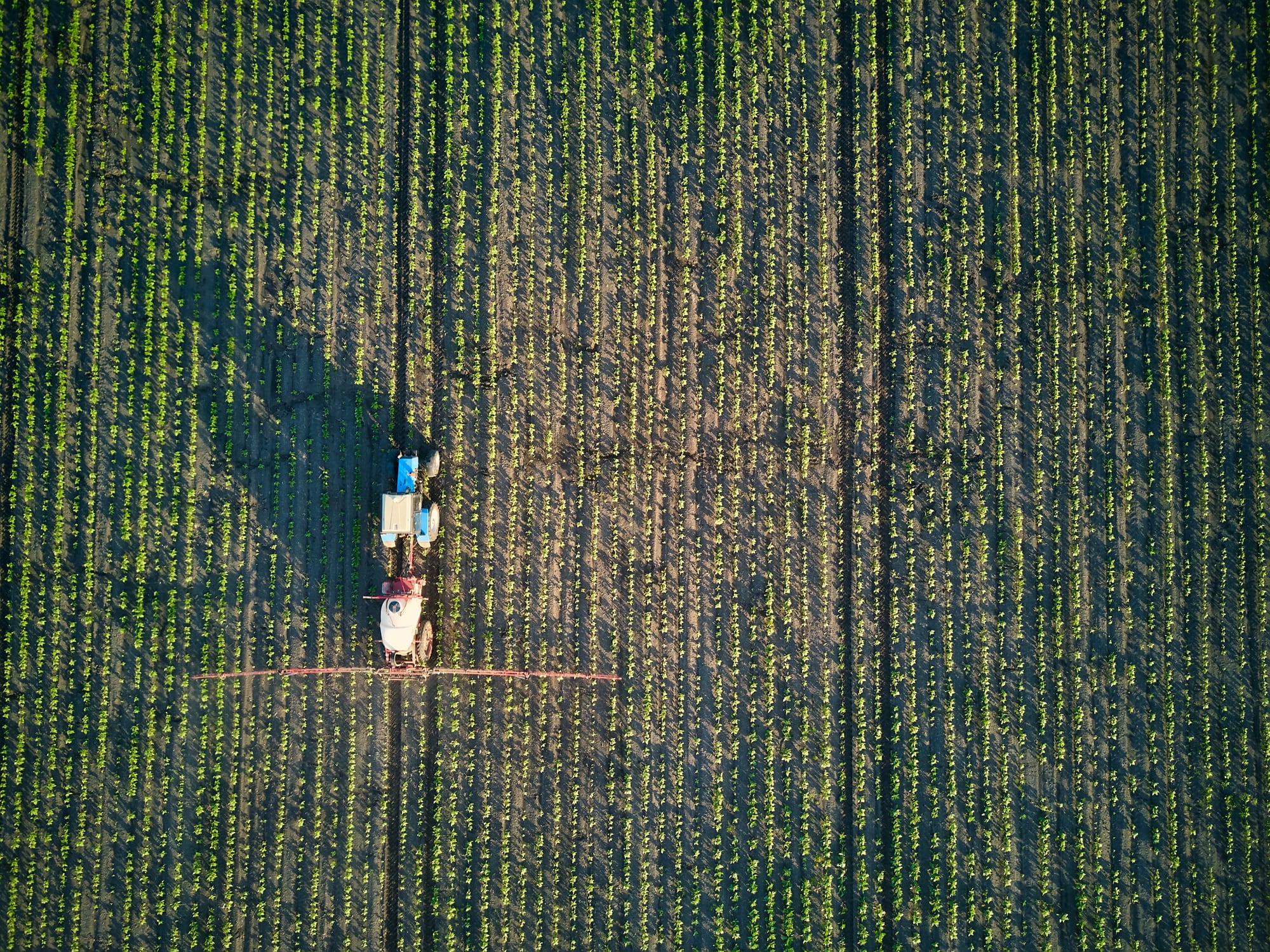RNA-based biopesticides represent a transformative and exciting innovation in crop protection.
They work by targeting essential genes in pests, pathogens, or weeds through a natural process called RNA interference (RNAi), which ultimately kills them when sprayed on crops.
Benefits include accuracy – they can affect only the target pest or pathogen without harming other organisms. They degrade naturally and do not leave toxic residues, and their unique mode of action may help manage resistance issues seen with conventional pesticides. They can even contribute to improved soil health.
But challenges include poor stability, delivery, and cellular uptake.
These are issues that CDotBio, a biotech spin-out from the University of Bristol in the UK, is hoping to tackle by repurposing carbon nanodot technology.
Traditionally used in medical and biotech applications, carbon nanodots are ultra-small, biodegradable particles.
According to Teo Garcia-Millan, co-founder and CEO of CDotBiom, they can enhance the stability and delivery of RNA, allowing biopesticides to reach pests or weeds more effectively.
“It acts a functional layer, or a binding, that surrounds the RNA and protects it from different types of degradation,” he told AgTechNavigator. “It’s different from other encapsulation methods because the nanodots act as co-ingredients. You can think of them as ants carrying cargo.”
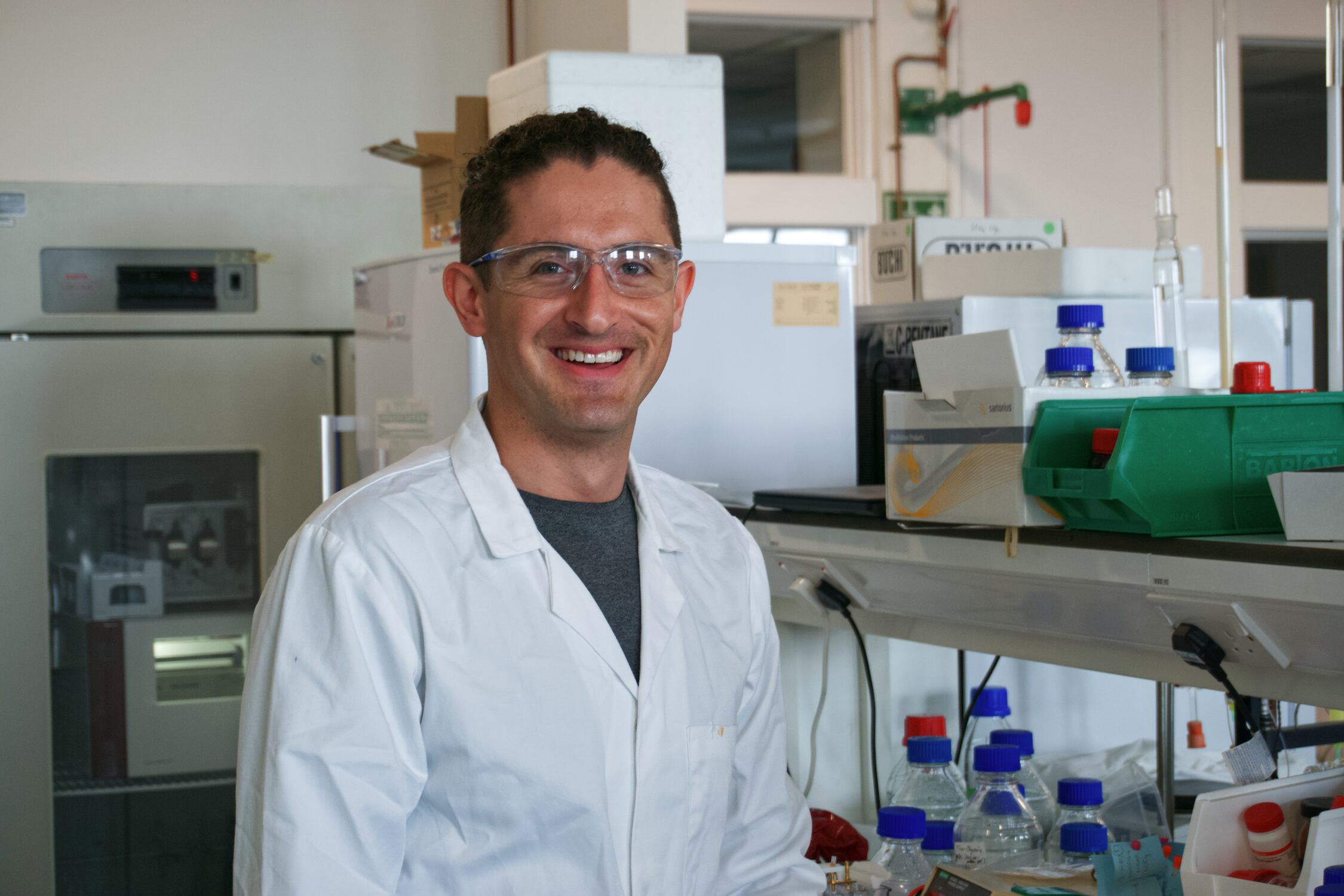
Calls for collaboration
CDotBio is forming partnerships with agribusinesses, RNA manufacturers, and crop protection firms to co-develop targeted biopesticides and generate revenue through licensing, joint development agreements, and royalties.
While a big focus is on RNA-based products, Garcia-Millan says carbon nanodot technology can improve the performance of other existing active ingredients by boosting the efficacy and reducing the dose that’s needed.
“We know that our technology has improved the performance of commercial herbicides,” he said.
Initial target is blackgrass
RNA is not a new concept in crop protection. But its profile was significantly boosted during the COVID-19 pandemic. The Pfizer vaccine is RNA-based.
“Big companies like Bayer have used carbon dots as a carrier for active ingredients,” said Garcia-Millan. “But as far as we know we are the only company that is developing its own pipeline of carbon dot products for a specific application as a co-ingredient to improve RNA and other active ingredients.”
As a co-devloper CDotBio’s initial target is blackgrass, an herbicide-resistant weed that causes over £400 million in losses annually to UK wheat farmers.
CDotBio is also developing nanodot-enabled RNA solutions for major crop threats such as wheat rust, downy mildew, aphids, and other insect pests.
Preliminary modelling indicates that nanodot-enabled RNA sprays could reduce synthetic pesticide use by up to 70% in targeted applications, the company says.
Validation studies needed
CDotBio has just been awarded the £25,000 Armourers & Brasiers Venture Prize, which recognises excellence in materials science innovation with high commercial potential.
The prize will fund crucial validation studies and field trials ahead of regulatory submission. Field trials are anticipated to begin in 2026, with market launch targeted for 2028, pending regulatory approvals.
Carbon nanodot technology is not yet authorised for commercial agricultural use in the US, UK or Europe. RNA-based biopesticides are authorised in the US, but RNA-based have not yet been authorised in the EU or UK are still under development.
“CDotBio is an excellent example of how UK scientific innovation can drive environmentally friendly solutions in agriculture,” said Julian Beare, hairman of the Armourers & Brasiers Venture Prize judging panel. “Our mission is to foster scientific entrepreneurship and help promising ventures achieve real-world impact.”
With the global pesticide market valued at over $104 billion, CDotBio believes it platform offers a scalable solution for crop protection across geographies. The company is actively seeking collaboration opportunities with international partners in North America, Europe, and Southeast Asia.
“We’re losing up to 40% of crop yields to pests and disease,” added Garcia-Millan. “The agricultural sector urgently needs better tools.”


